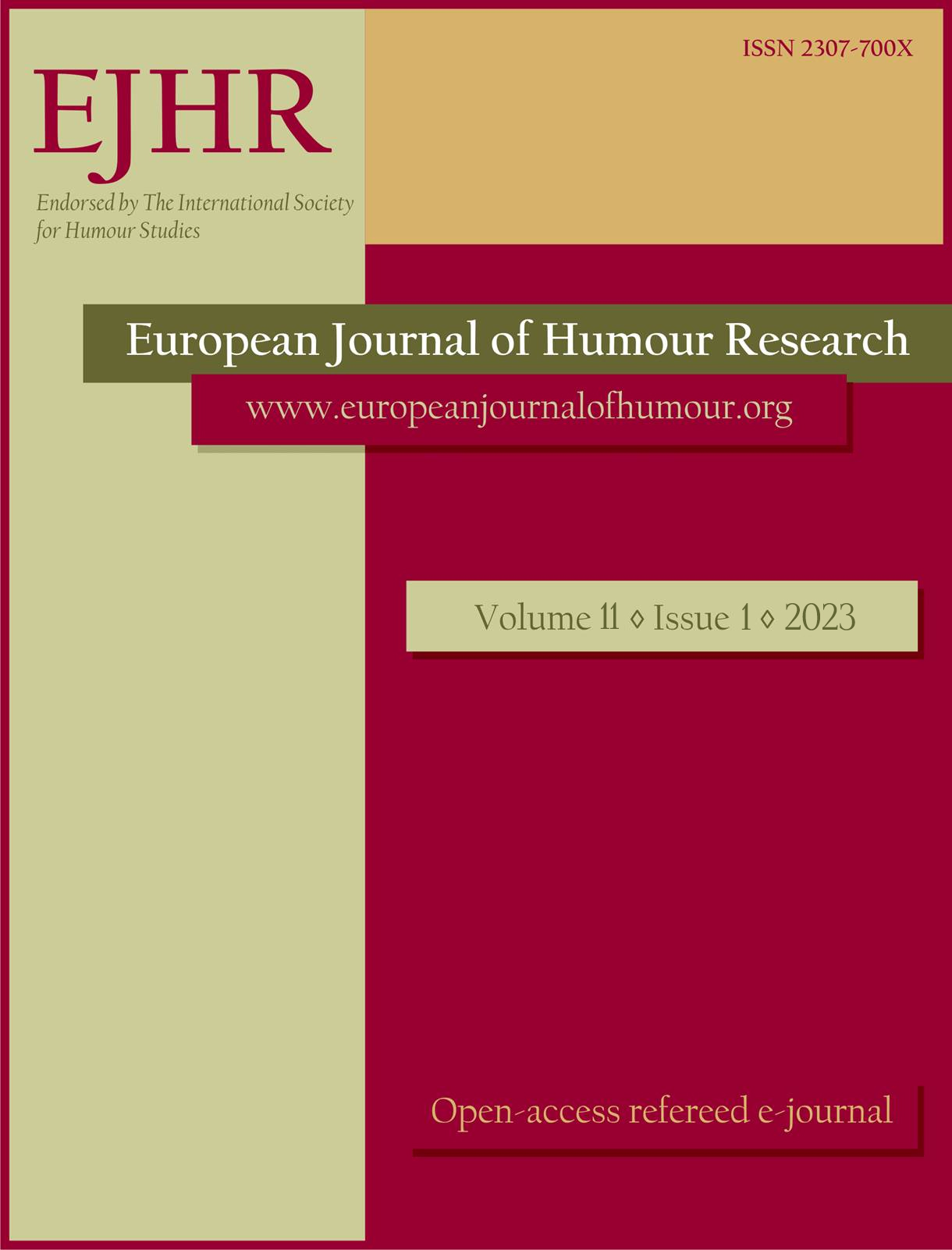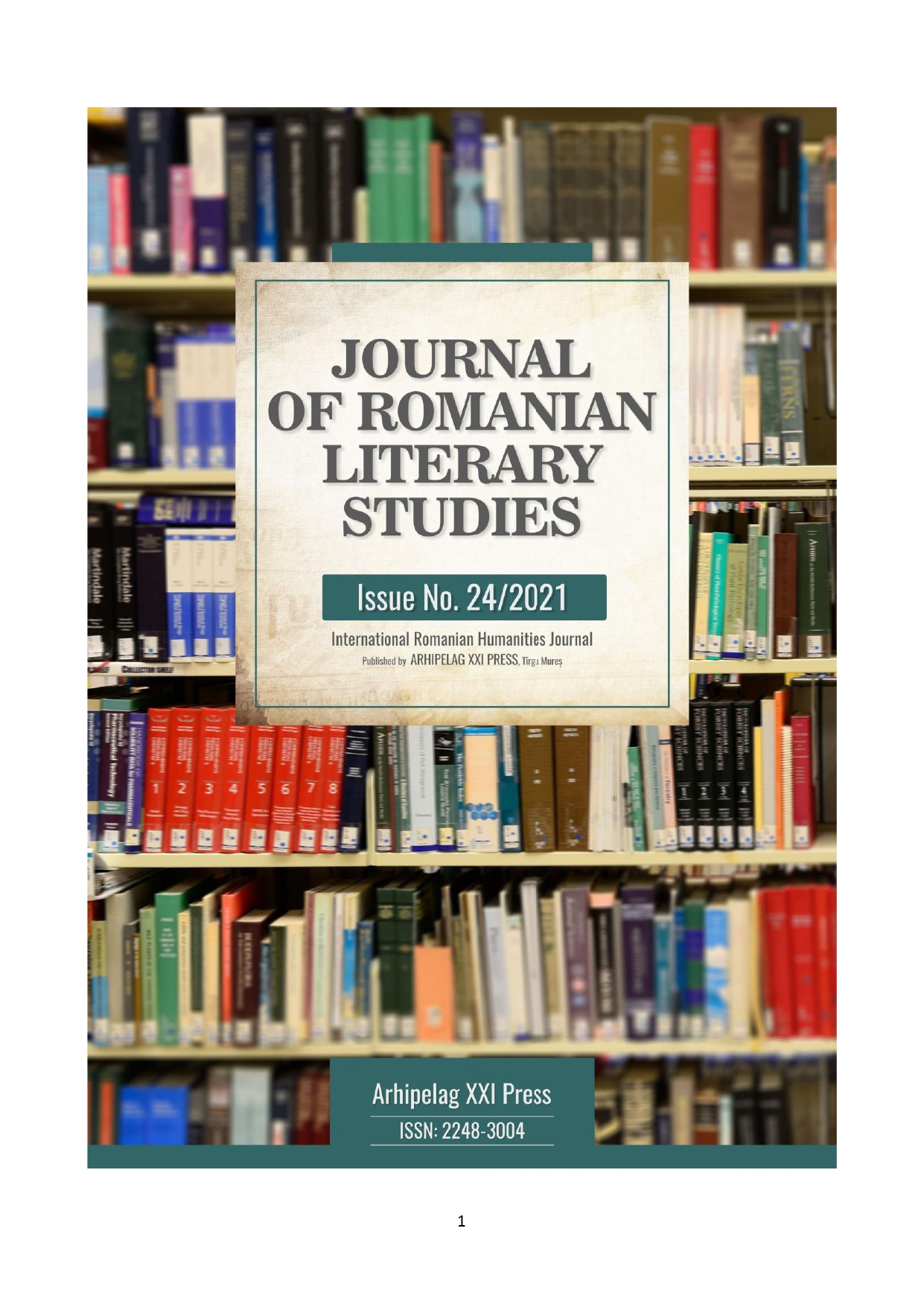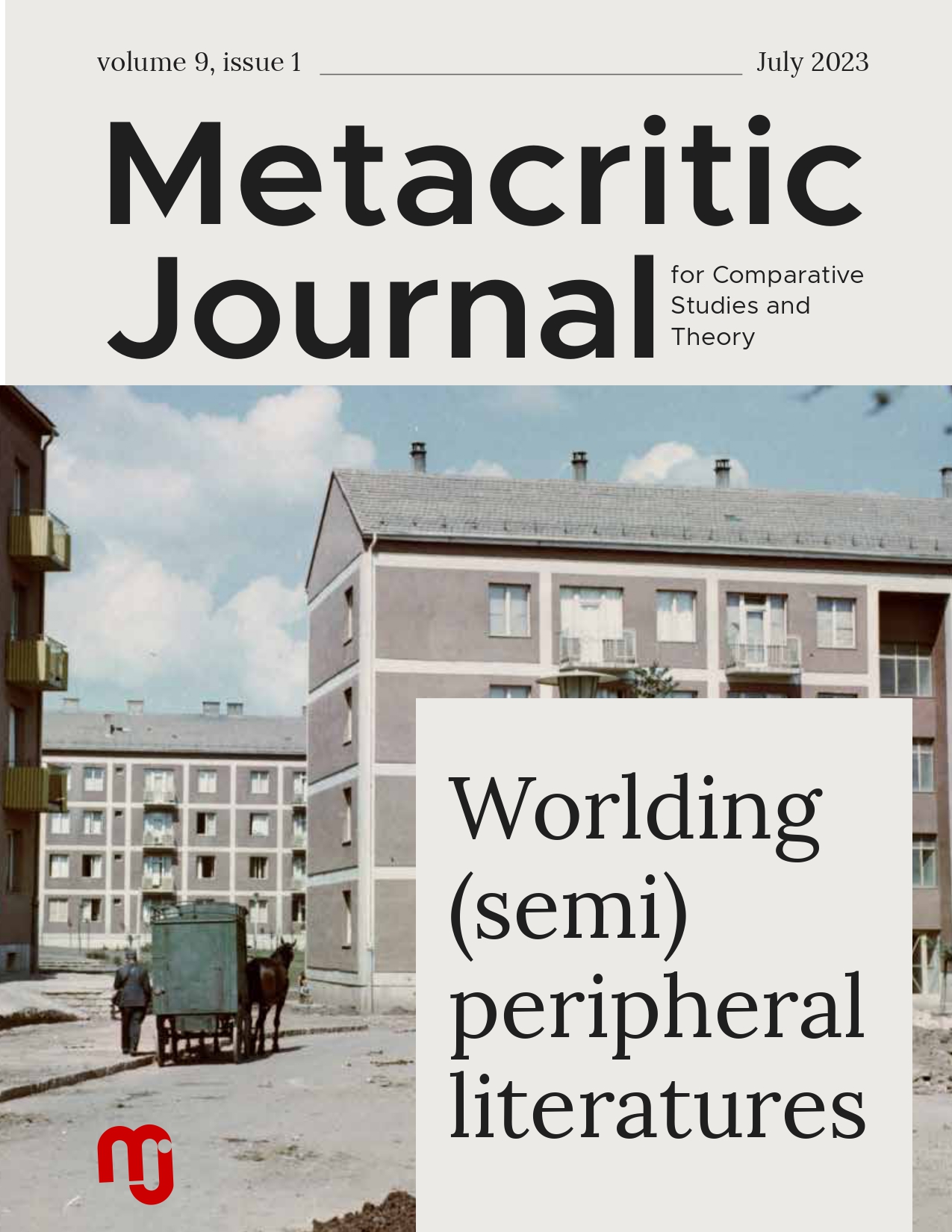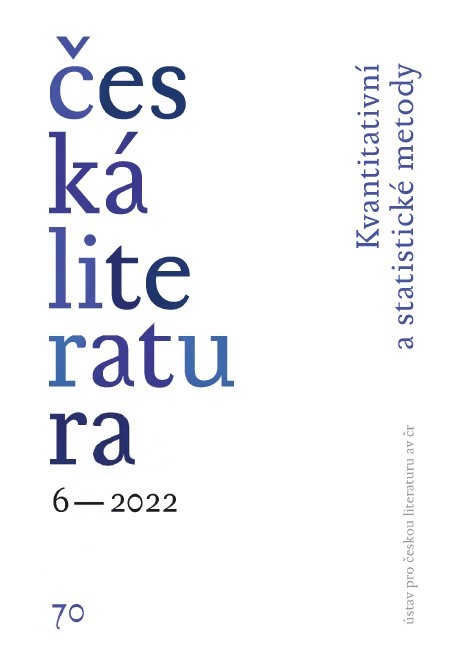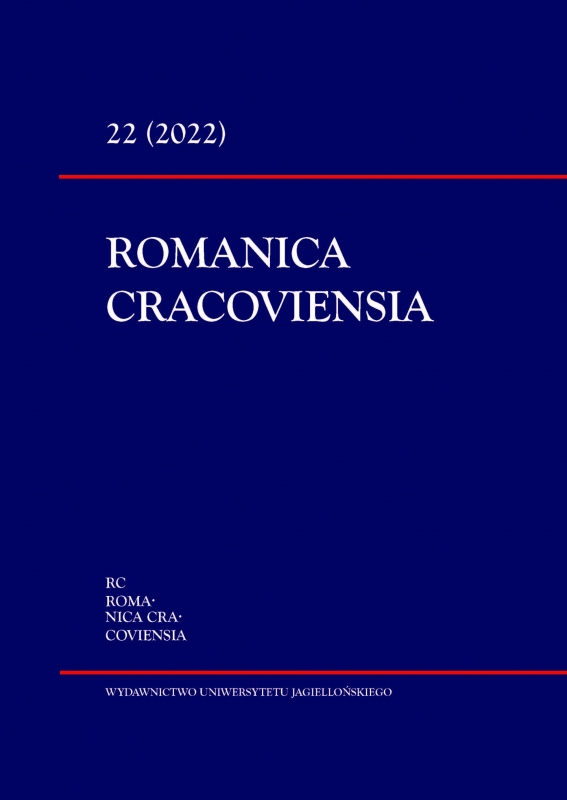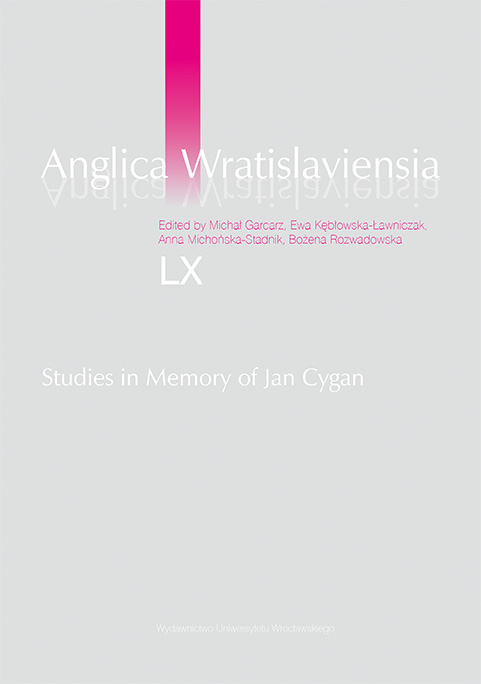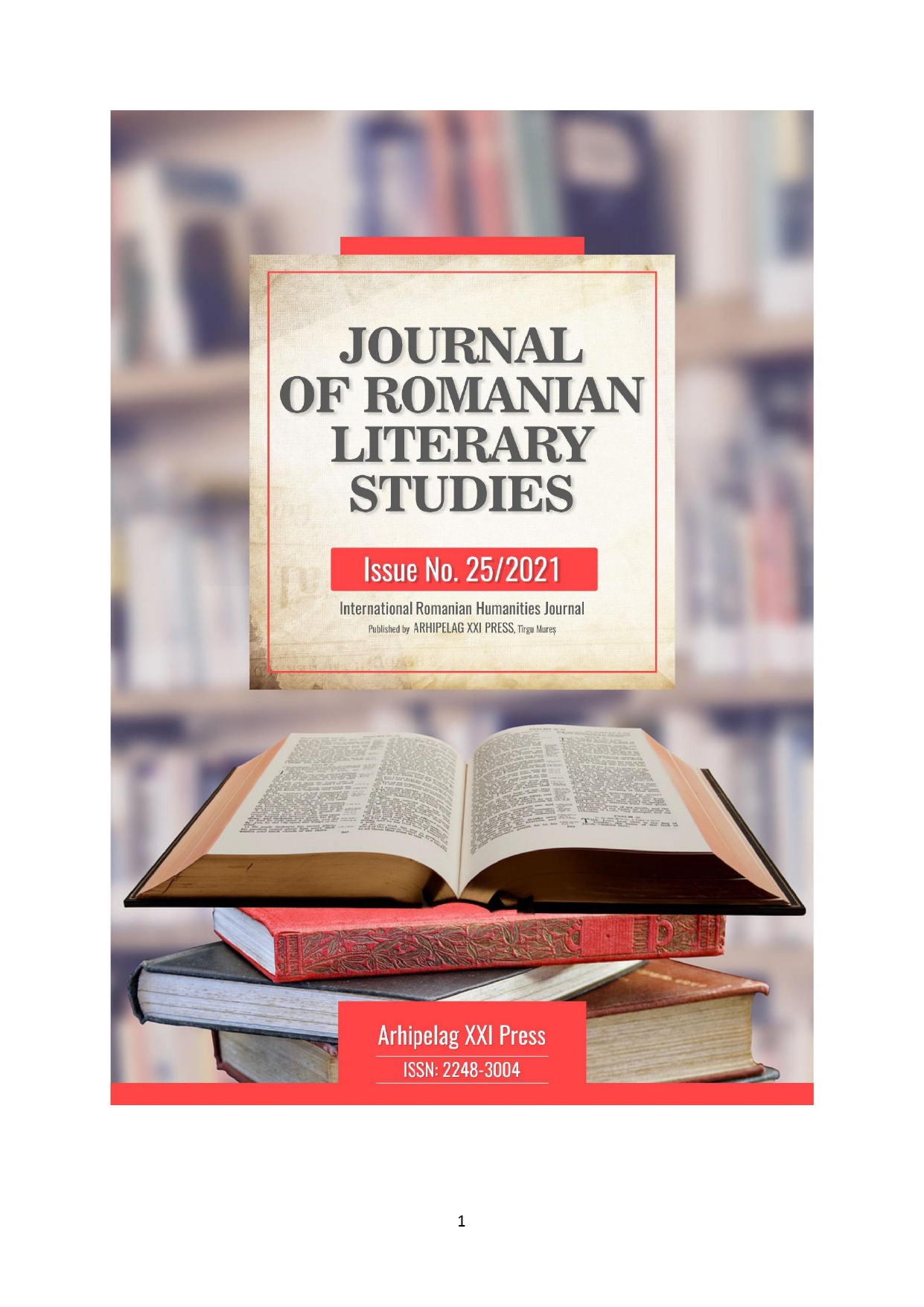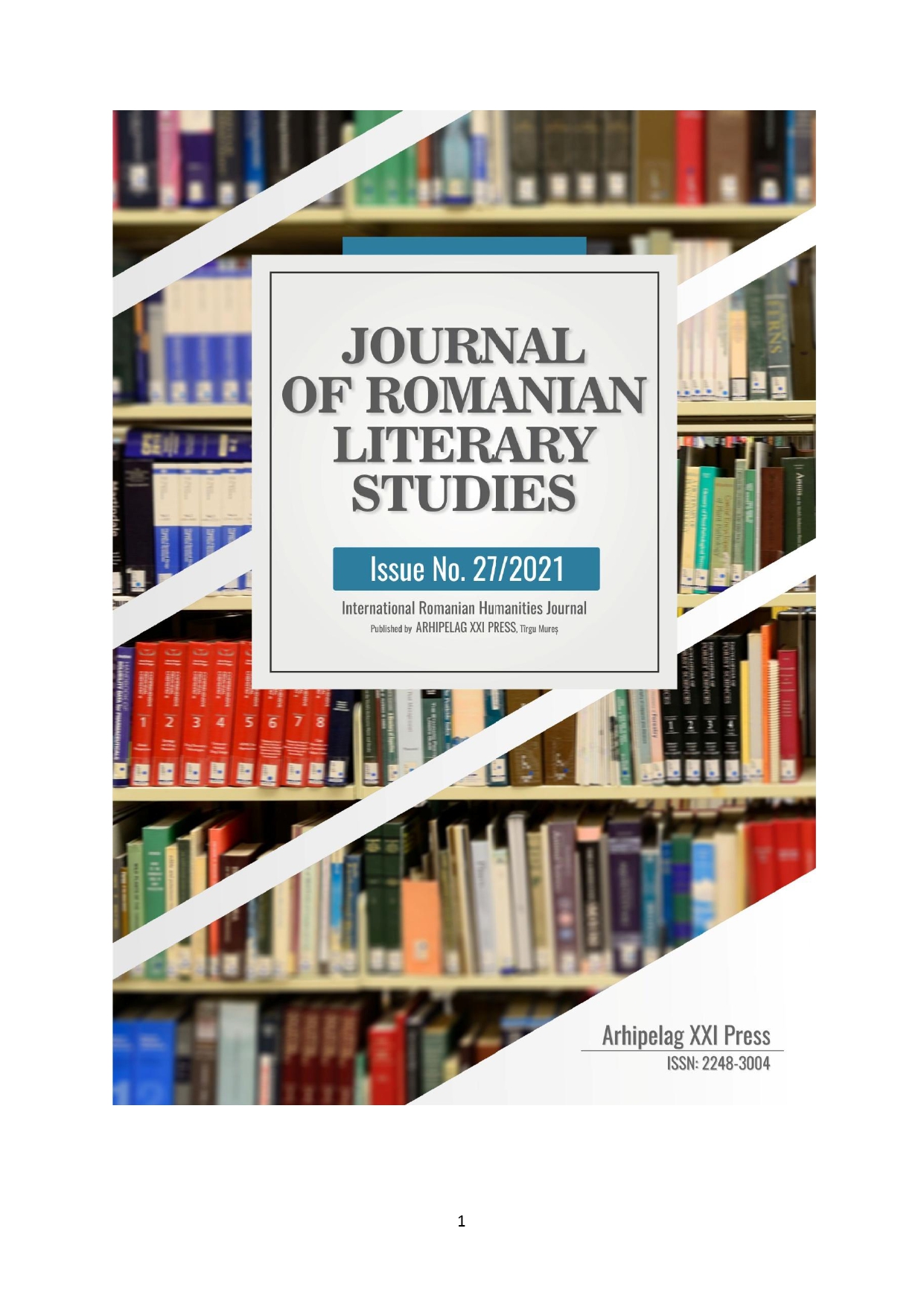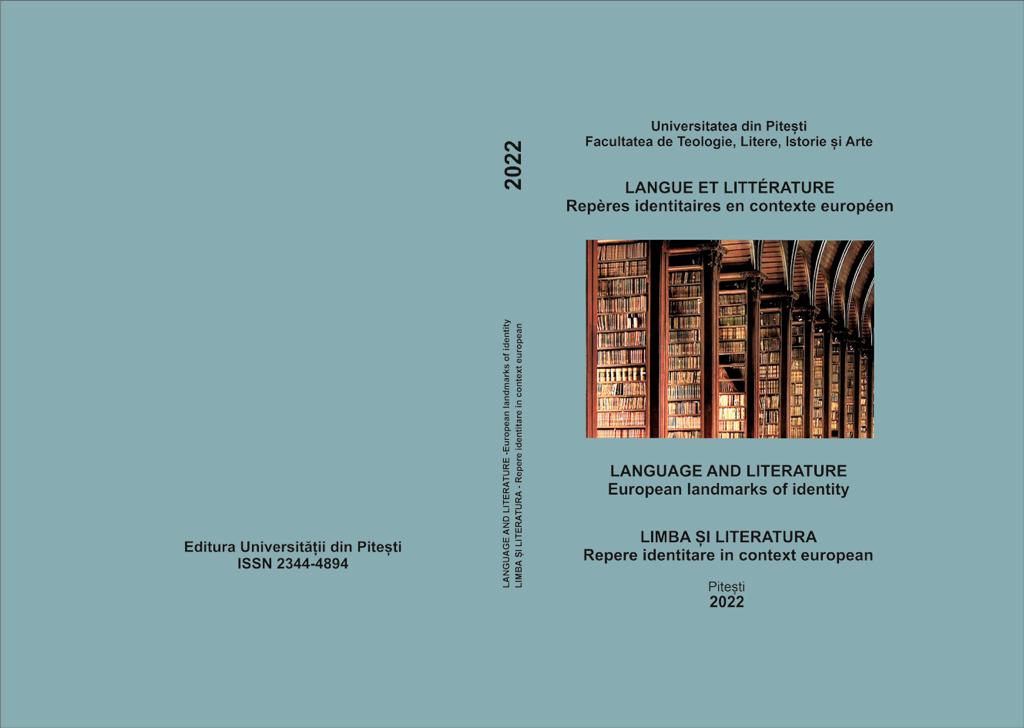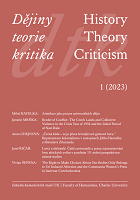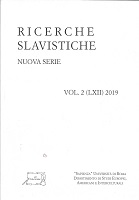
Apsolutne konstrukcije u evanđeoskim tekstovima hrvatskih protestanata
In this paper, the results of the research on absolute constructions in evangelical texts by Croatian protestants are presented. The texts analyzed include texts located in the Glagolitic and Cyrilic editions of the New Testament, and the Glagolitic, Cyrilic, and Latin editions of Postila, thus continuing the linguistic analysis of Croatian protestant issues. The basic aim is to determine the state of those constructions, but also consider the impact of potential templates in order to better understand their role in the creation of the first complete Croatian translation of the New Testament. Previous research has shown that when creating their translations, Croatian protestants used the “Lectionary of Bernardin of Split” (so called Zborovčićev lekcionar, 1543), so it was expected that the hypothesis on the higher representation of the nominative absolute compared to other syntactic constructions would be confirmed, which this research has proven. This syntactic feature can therefore be undoubtedly attributed to lectionary tradition, while the few examples of the dative absolute are the result of Croatian Church Slavonic influence and a reflection of the Glagolitic education held by Croatian protestants.
More...
